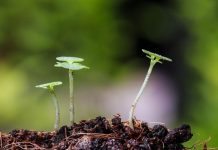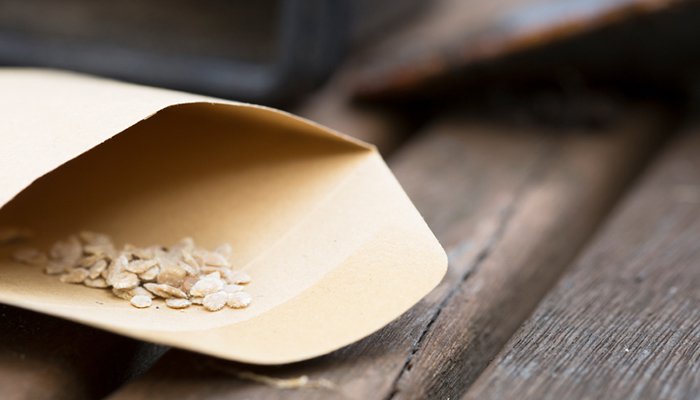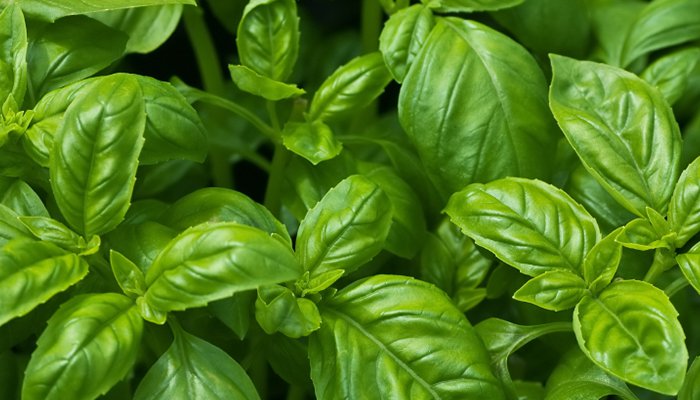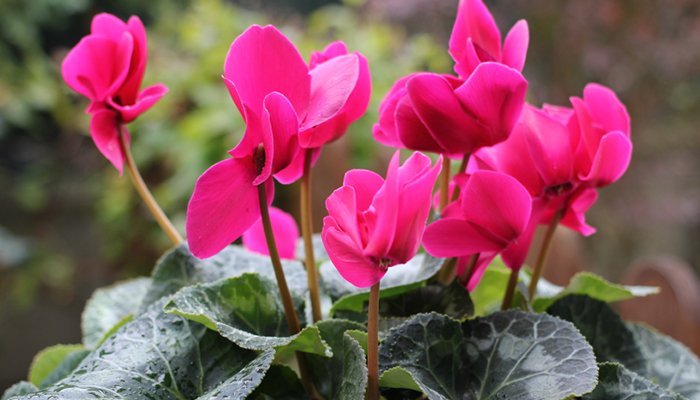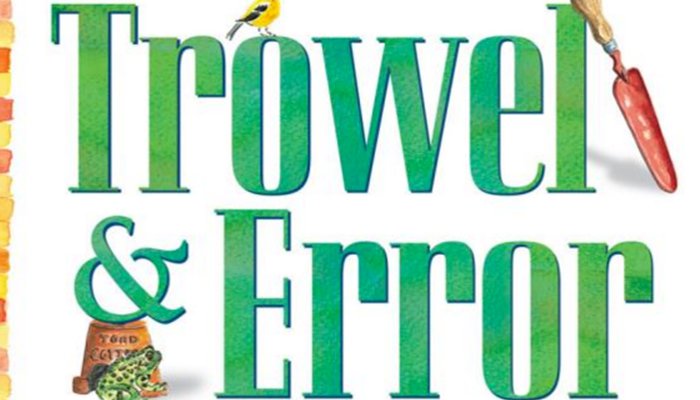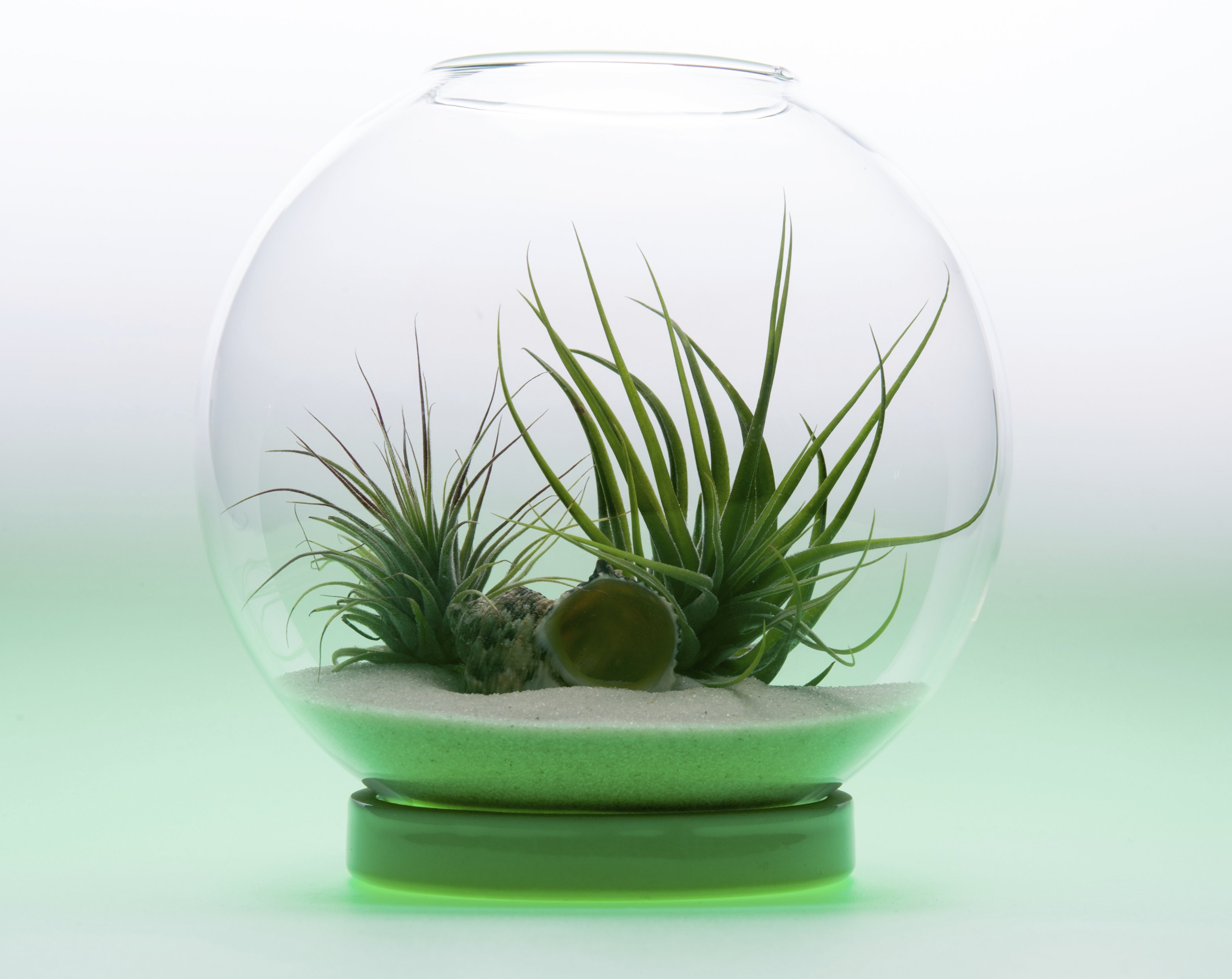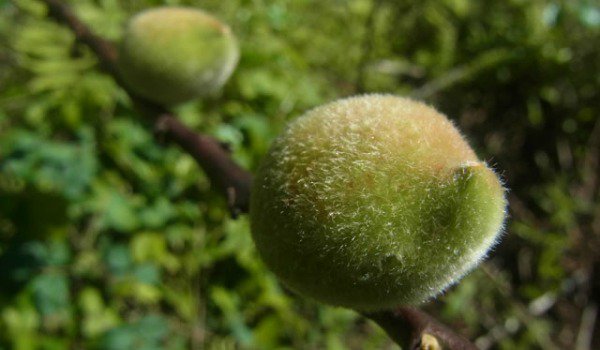
Have you ever noticed brown spots on your plant’s leaves? Are many of the leaves wilting? Is there a white crust developing on either the plant or the soil? If so, there is a very good chance that your plant has been over-fertilized, as these are all symptoms. Thankfully, though, there are steps you can take to revive your plant.
How to Save Over-Fertilized Plants
Step One: Get rid of any visible fertilizer
- Begin by removing any fertilizer that you see. If the fertilizer is a powder, and you see it laid out on top of the plant or the topsoil, make sure to dispose of it. This will help prevent your plant from any further overfeeding. Similar to this, if you see that the fertilizer salts have formed a white crust, eliminate that as well.
Step Two: Drain the soil with water
- This step is crucial because it will help move the fertilizer far away from the plant’s root system, ultimately preventing any additional over-fertilization from occurring. This will also allow the plant’s roots to start healing from what it went through.
Step Three: Eliminate damaged leaves
- Grab a pair of scissors and begin cutting off any leaves that you notice look burned. In this case, they will have brown spots on them. Also, remove any leaves that are wilted or have an irregular shape. Even if you are able to save your plant that has been over-fertilized, there is no hope for these leaves. They have already been damaged and cannot be revived at all. Getting rid of these leaves is important to ensure that your plant gets healthier. Actually, if you keep them on your plant, it may become infested with pests.
Step Four: Don’t fertilize your plant
- If your plant has been over-fertilized, the last thing you want to do is give it more fertilizer. Wait until the plant looks healthy again, which typically occurs within 3 to 4 weeks. You have to give your plant and its roots time to recover from the strain of being over-fertilized.
Step Five: Put your plant in a new pot
- Placing your plant in new soil has been known to really help both the plant itself and the roots heal.
References:
http://www.guide-to-houseplants.com/fertilizer.html
http://thegardenersrake.com/plant-care-saving-a-plant-that-received-too-much-fertilizer
Image: iStockPhoto


